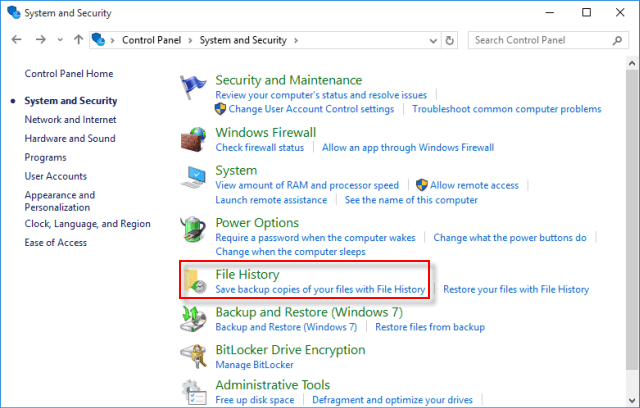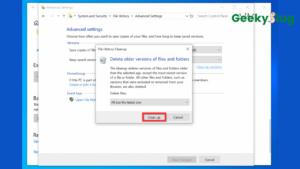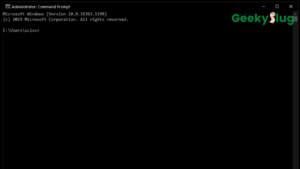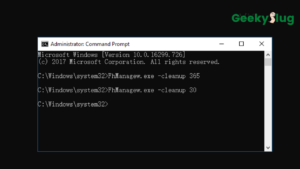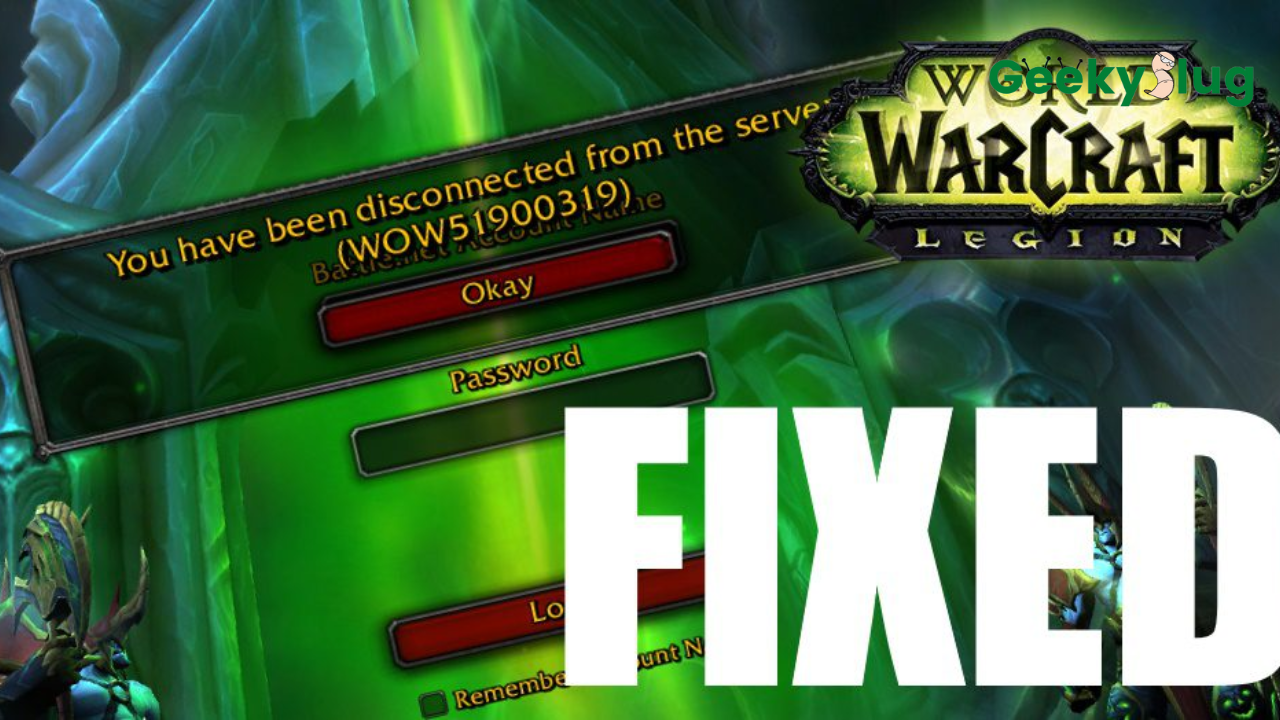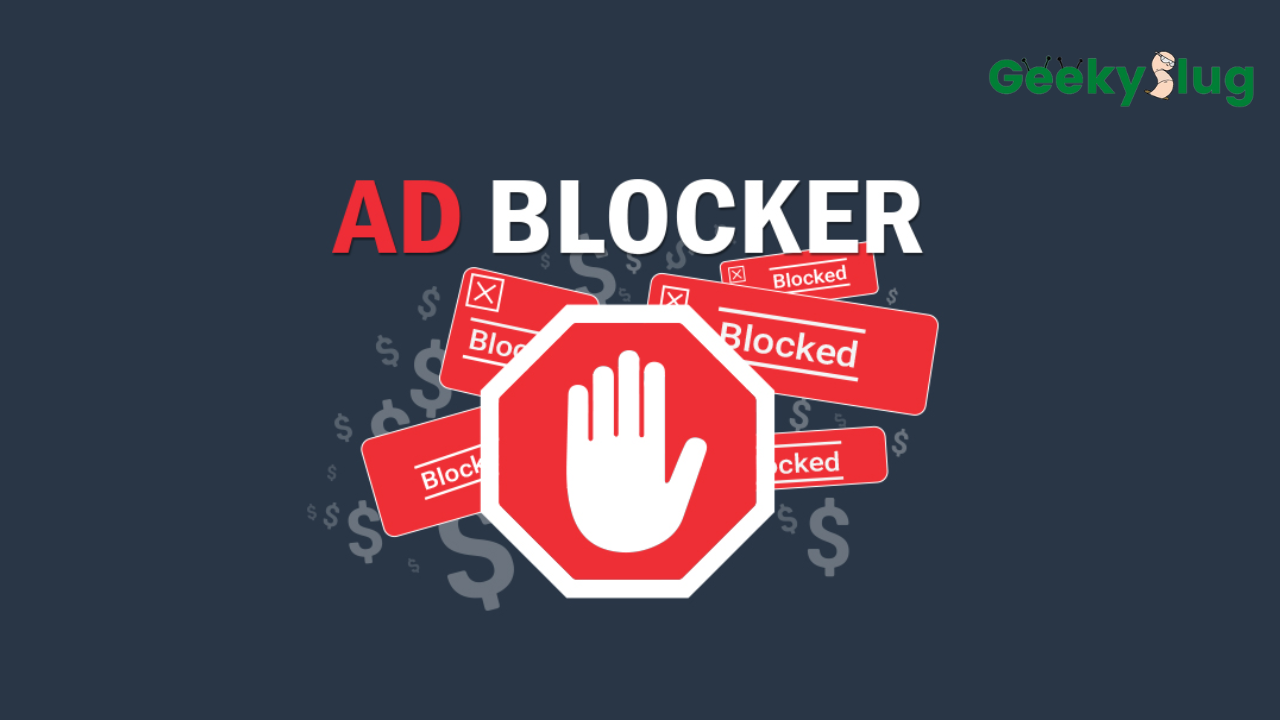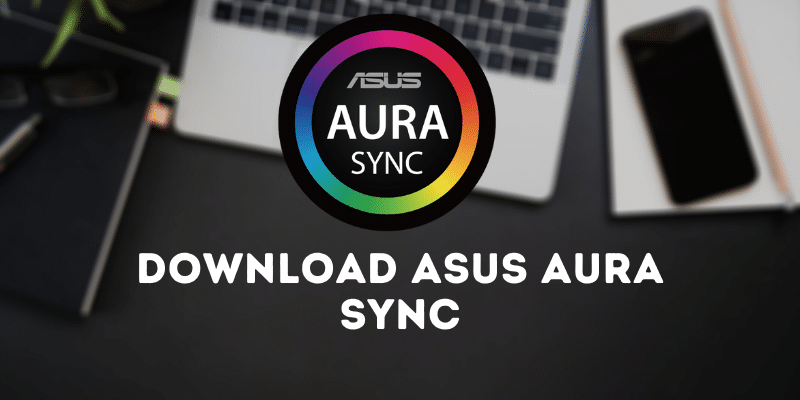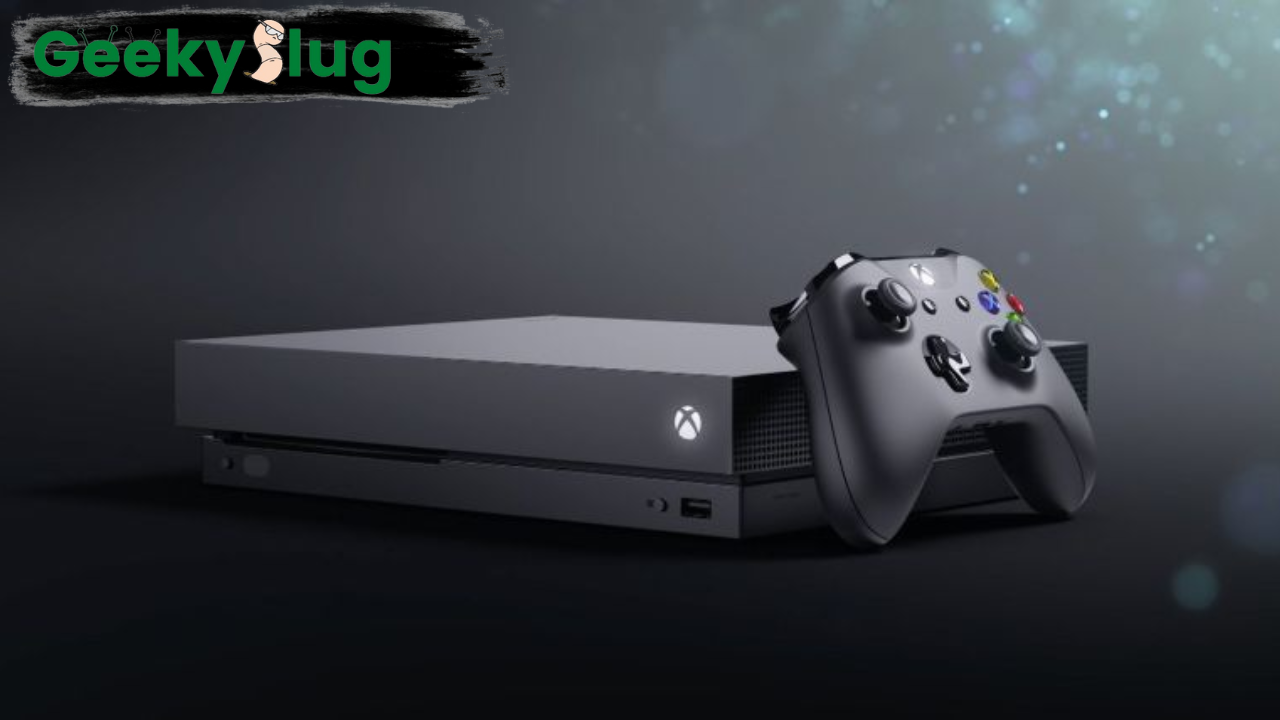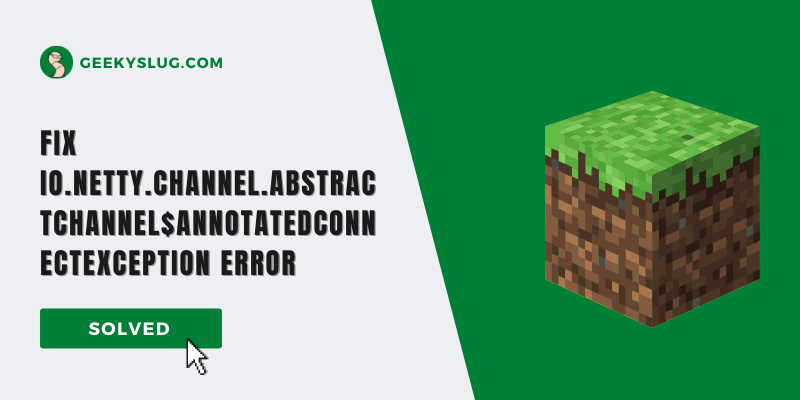How To Delete Backup Files in Windows 10 (Step-by-Step Guide)

Geekyslug is supported by its readers. We independently analyze, test, review, and recommend the latest tech products—learn more about our process. When you buy something through our links, we may earn a commission.
How to delete backup files in windows 10: In today’s world of digital storage, backups have become an integral part of the data revolution.
Data backups have now become as vital as the data itself. While most of the operating systems provide auto-backup tools for user data, a majority of them do not offer the same for backup management.
Luckily, Windows has an amazing backup management package already included in the operating system. This provides users with a much easier way to create, delete, restore, and manage their backups.
Windows 10 offers an auto-backup feature, that creates a backup of your data automatically from time to time. However, a majority of users are unaware of the fact that backups also need to be maintained by them.
The maintenance process includes the restoration of backups, the creation of new backups, and the deletion of old ones.
In this article, we will try to cover the latter one, which is “Deletion of old backups“. We will tell you how to delete backup files in Windows 10, and why you should delete the backup files. So without waiting further, let’s get started.
Why Should I Delete Backup Files in Windows 10?
As already mentioned, backup files are highly important to the system. In case of any damage, the system can revert to the previous state using stored backups. If no backup is found, the system won’t be able to restore and may cause trouble.
However, data backups also have a drawback associated with them. They grow larger and larger with time. For example, yesterday’s backup file will store all the data before that day.
Meanwhile, today’s backup file will store all the data before today, including yesterday as well. This results in data redundancy which is a serious issue in data management.
Now, this can be troublesome if you are already running low on disk space. Backups can eat up a huge chunk of your local storage.
That is why it is important to delete backup files in Windows 10.
How To Delete Backup Files in Windows 10
Luckily, Windows 10 offers several tools that can be used to manage and delete backup files. The utilities include both GUI (graphical) and CLI (command line) tools.
Using Control Panel
As you already know, the windows control panel provides the user with a variety of utilities for system management. One of them is the Backup and Restore utility.
The Backup and Restore option controls all the backup processes such as automatic creation, restoration, deletion, etc. Users can control this process by heading over to Backup and Restore in the control panel.
To delete backup files in Windows 10 using the control panel, follow the below-given steps.
- Click on the Start button located on the bottom left part of your screen.
- Find the option labeled Control Panel and click on it to open the dialog box.
- Under System and Security, click on Backup and Restore (Windows 7).
- Select Manage Space.
- You will notice two options – View backups and Change Settings.
- Click on View Backups. Select the period of the backup, and then Delete.
- Click on Change Settings. Choose “Keep only the latest system image and minimize space used by backup“. Click on Ok.
Using File History Cleanup
Windows has an additional backup tool called File History. The File history stores backup of the files which are not a part of the system. This includes your documents, media, and other user-related data.
If any file gets deleted accidentally, you can restore the file using the File History utility in Windows 10.
File history can cover up a huge share in your local data storage. Therefore, you should manage the File History using the File History Cleanup Tool.
To delete backup files in Windows 10 using File History Cleanup, follow the given steps.
- Press “Win” + “R” on your keyboard.
- You will see a dialog box appear. Type in “control” and press Enter to open the control panel.
- Click on System and Security. Then, select File History from the list of options.
- Select Advanced Settings in the File History window.
- You’ll be presented with a window. Click on “Clean Up versions“.
- Choose the appropriate period and select “Clean Up”
- Windows will start removing the older versions of the files.
Using Command Prompt
The command prompt is a very powerful tool that can be used to delete backup files in Windows 10.
If you are wondering How to delete backup files in Windows 10 using command prompt, just follow the below-given steps carefully.
- Press “Win” + “R” key on your keyboard.
- Type in “cmd” and press enter to open the command prompt
- In the command prompt, enter one of the following commands which suits your needs. To delete backups older than
1 month: FhManagew.exe -cleanup 30
3 months: FhManagew.exe -cleanup 90
6 months: FhManagew.exe -cleanup 180
1 year (default option): FhManagew.exe -cleanup 365
- If the above-mentioned commands result in an error. Just delete the recent files by entering “FhManagew.exe -cleanup 30“.
- After you have cleaned your backup files, type in “Exit” to close the command prompt window.
Deleting Old System Backups Using Disk Cleanup
Disk cleanup can help you in deleting previous windows installation files and much more. It is a very efficient choice if you still have old system files on your system.
To delete backups in windows 10 using Disk cleanup, follow the below-given steps.
- Head over to “This PC“.
- Right-click on the System disk (usually Local Disk C) and select Properties.
- Under the properties window, select Disk cleanup and then Clean up system files.
- In the Files to delete the checklist, check Previous Windows Installations and Click Ok.
Final Words
So, that was our take on How to delete backup files in Windows 10. Backup files are crucial and must not be toyed with. It must be kept in mind that the system should have at least one backup and a restorable system image.

By Sam Rhodes
Hi, I’m Sam Rhodes, a passionate tech reviewer, and gamer. I started Geekyslug with the motive of sharing my knowledge about tech gadgets like gaming laptops, tablets, graphic cards, keyboards, and whatnot.
I also share troubleshooting guides, helping people resolve issues with their gadgets. When I’m not writing, I prefer playing Valorant, Call of duty, GTA5 or outdoor activities like skateboarding and off-roading on my bike.

